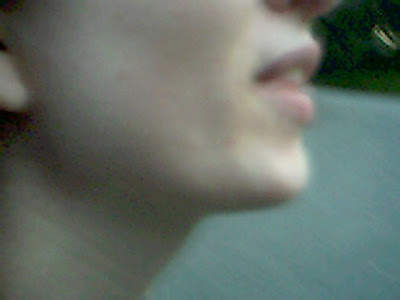
April 26, 2005
One of the most difficult aspects of children's theater is involving the kids in the actual production of the set pieces. I feel it important that the setting also be a representation of their labor, but often the practical aspects of safety and efficiency must take precedence. If one has the luxury of preparing for a play over the course of a few months then more opportunities emerge for student involvement, but often the types of tasks they are best suited for are also some of the most repetitive and, therefore, the least interesting to them. Paint 20 feet of glittering brick wall. Cut 2,000 strips of green fabric. Paper mache 20 rocks. Even most adults would lose enthusiasm after an hour or two of the same task. The only difference being that the adult recognizes the need to finish the task and the child often does not.
Which brings me to my first piece of advice about involving students in set construction and dressing:
Always have a detailed drawing of the entire set and, if at all possible, a completed prototype of the project they will be tasked with.
In the examples above this might be 1 foot of completed castle wall, or a small bush that will be made from the green strips of fabric, or a painted rock. By seeing a "finished" object kids are given a tangible outcome and they understand that it is not just busy work or some Sisyphean task.
This presentation of the final object shouldn't take the place of careful explanation and demonstration of the processes involved in making the project, it only established the feasibility of the project and sets the bar for the quality of the finished items.
It also opens up your design to student critique; which should not be shied away from. Such critique is an opportunity for the students to actively engage in the design process, sharpen their ability to offer constructive feedback, and devise new solutions for completion (or, in plain teacher speak, problem solve). While I often find such critiques challenging in the moment, they almost always provide some benefit to teacher and/or student by the time the curtains rise for that first performance. Sometimes that benefit is having the doubting child see the proposed plan completed, and sometimes it is having the teacher be shown that a simpler process exists for achieving the same result.
In the end, if students are to be involved in the process, expect that the process will be rocky and commit to their involvement at the beginning. If you're going to make the journey together you might as well start at the same spot: an empty stage that needs to become so much more.






































